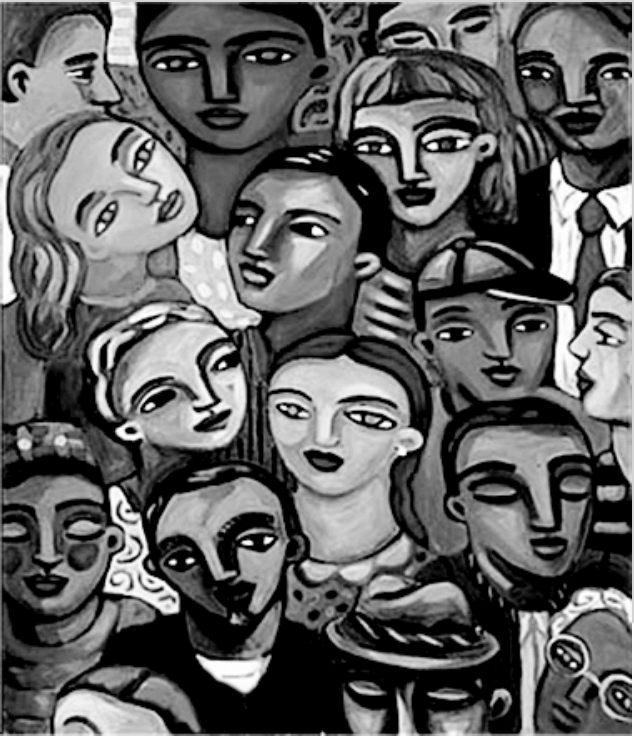This Article First Appeared on: Romneyassociates.com
Written By: Wendy Conklin
The workplace is one of the few places where people of different races, ethnicities, histories and cultures come together to achieve common goals. As the Latino / Hispanic and Black / African American1 populations of the United States increase they continue to influence one another. Unique differences divide and unite members of these groups, affecting how they relate and adapt to their circumstances.
To explore these differences as well as the similarities, we initiated an open discussion among four Latinos and Blacks: a woman and a man from each group. Our discussion touched on many subjects, including
immigration, nationality, assimilation, language, race, ethnicity, skin color and appearance. We were quick to identify what divides us and took longer to see what unites us, and some subjects were more sensitive than others.
Our time together was a learning experience. We experienced the need for Blacks and Latinos — as distinct, complex, unique and overlapping groups — to learn more about each other and bridge a gap of ignorance and misunderstanding. It was sometimes difficult to engage in deep conversation on these issues as it requires a great deal of trust and risk. This is often why many people don’t engage in these conversations.
“Our time together was a learning experience. We experienced the need for Blacks and Latinos — as distinct, complex, unique and overlapping groups — to learn more about each other and bridge a gap of ignorance and misunderstanding.”
The participants who graciously accepted our invitation are all diversity and/or organization development consultants who bring not only their personal and professional experiences, but also a broad perspective on the workplace and diversity in general. They live in different areas of the United States and each brings their personal and professional experience as a Latina, Latino, a Black woman and a Black man. Two members of our group are Baby Boomers; one is a member of The Silent Generation and another is a Gen Xer — which allows for a varied generational perspective.
It is important to note that the participants in this interview, although members of specific groups by gender, race or other characteristic, do not speak for their respective groups as a whole. For example, both Latino voices are of Puerto Rican heritage and thus represent a
In this article, we capture the discussion that took place during our interviews and explore important
issues that may stand in the way of Blacks and Latinos becoming true allies and collaborating with each other as friends, peers and bosses.

